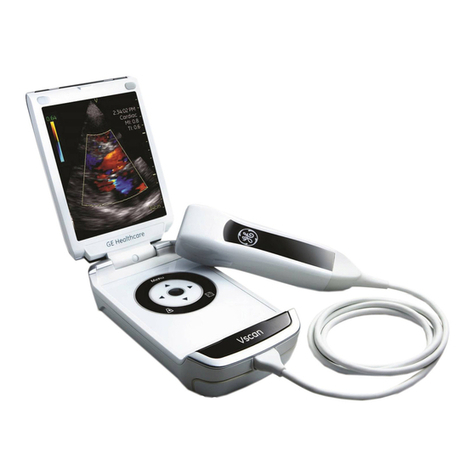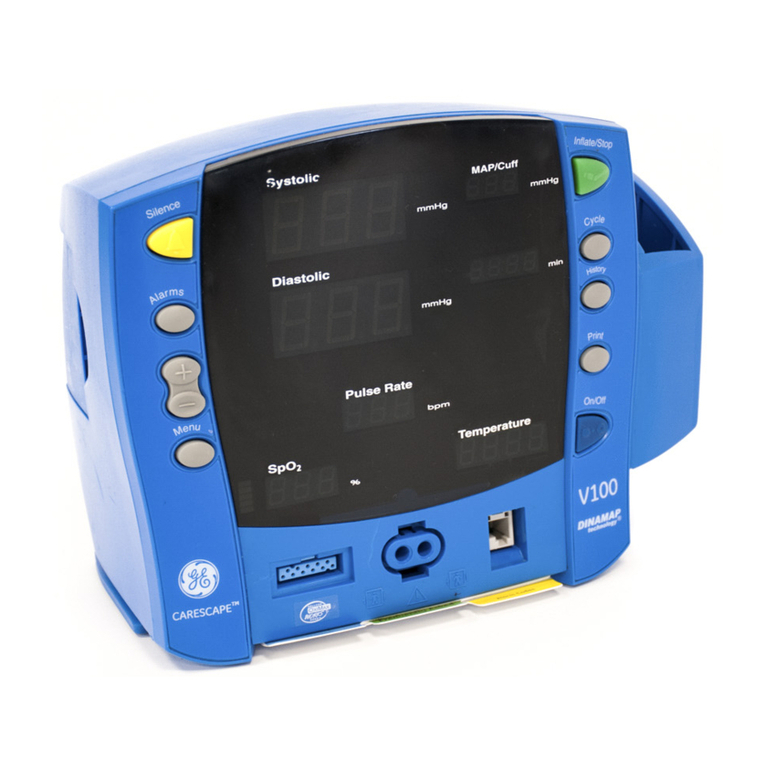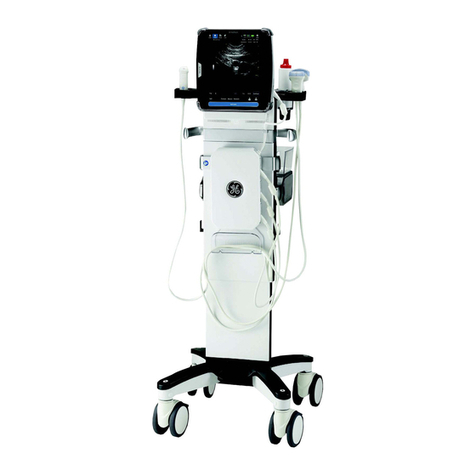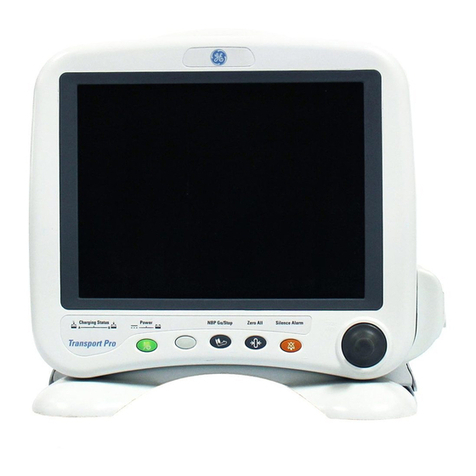GE PhastSystem User manual
Other GE Medical Equipment manuals
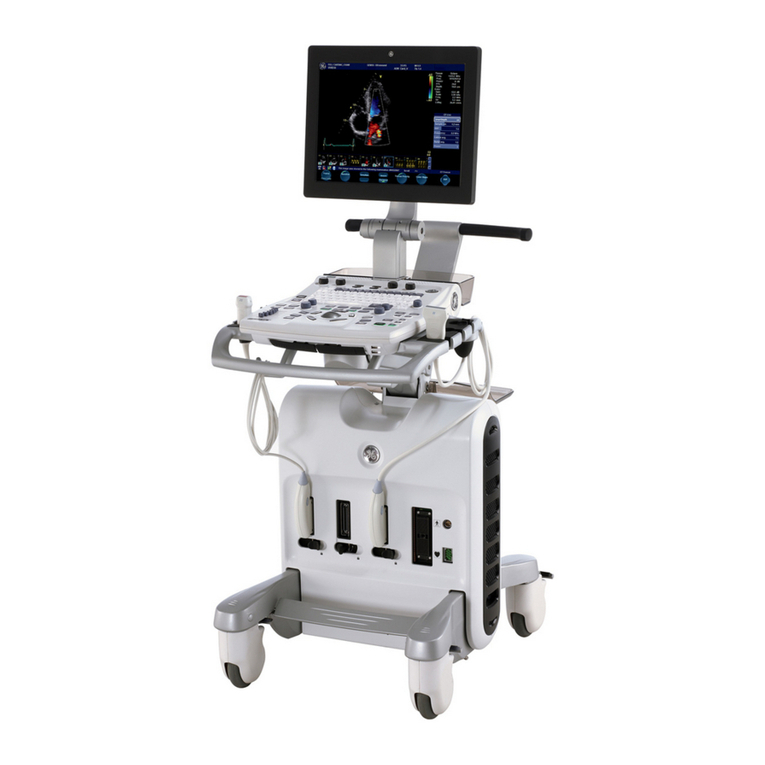
GE
GE Vivid S5 User manual
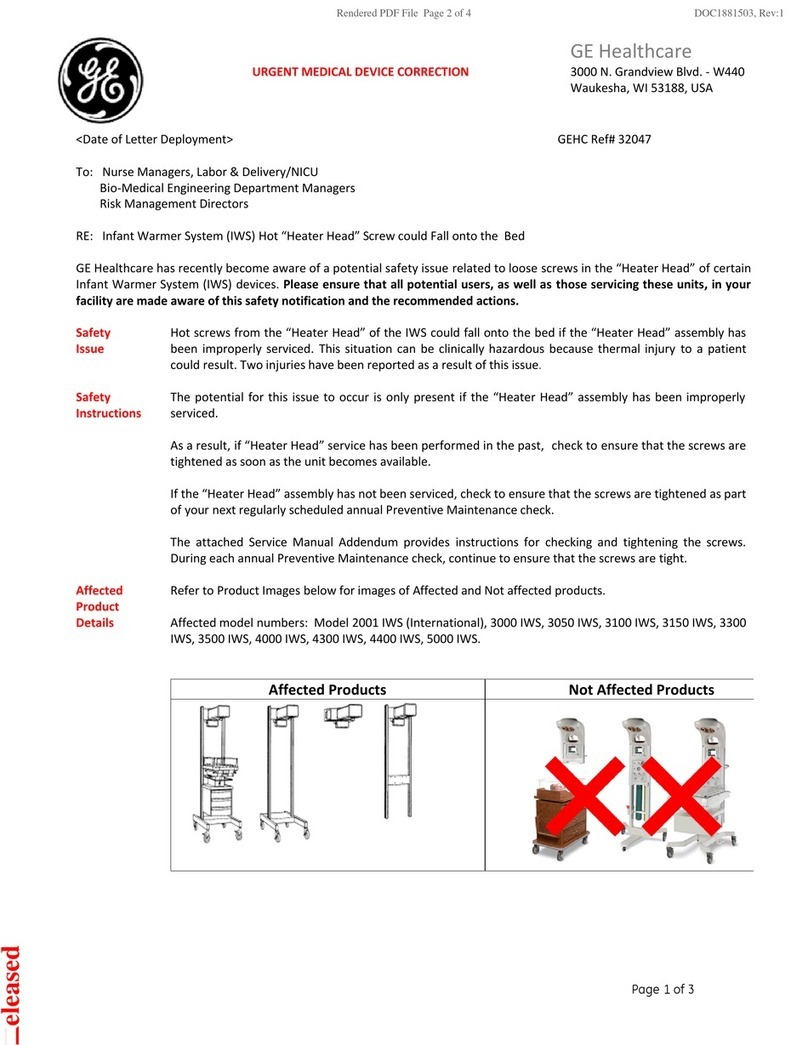
GE
GE 2001 IWS User manual
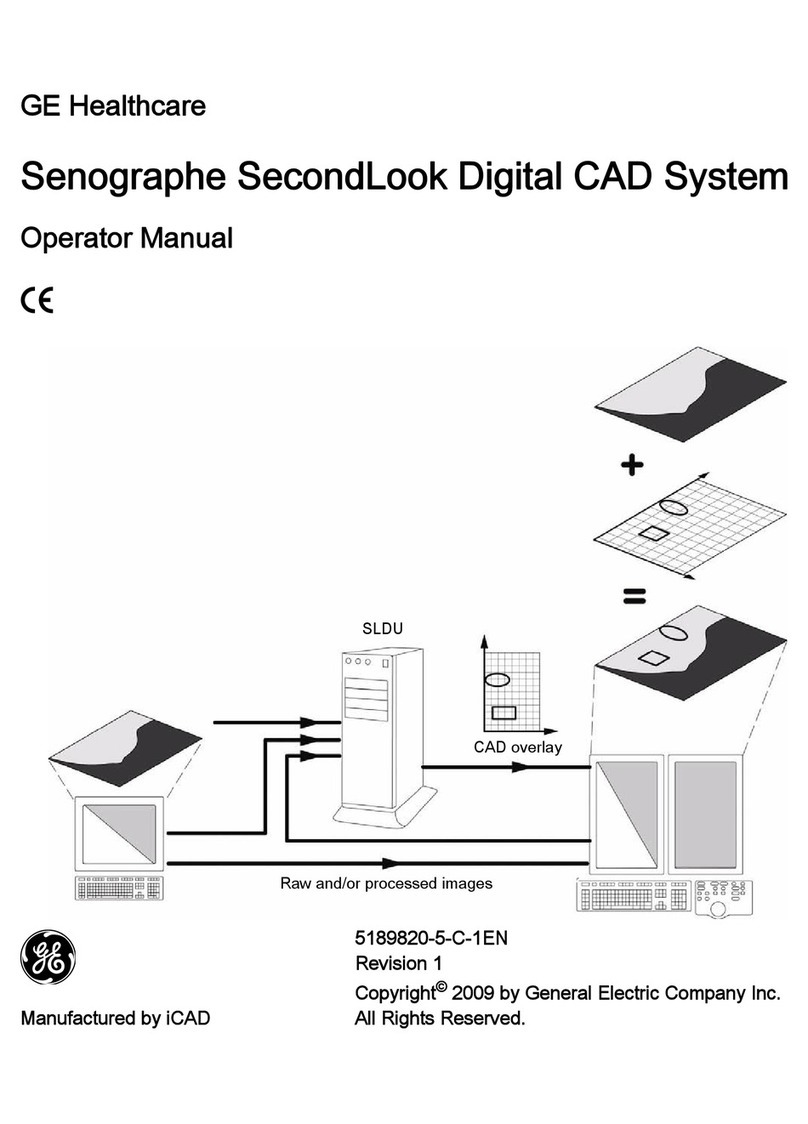
GE
GE Senographe SecondLook User manual
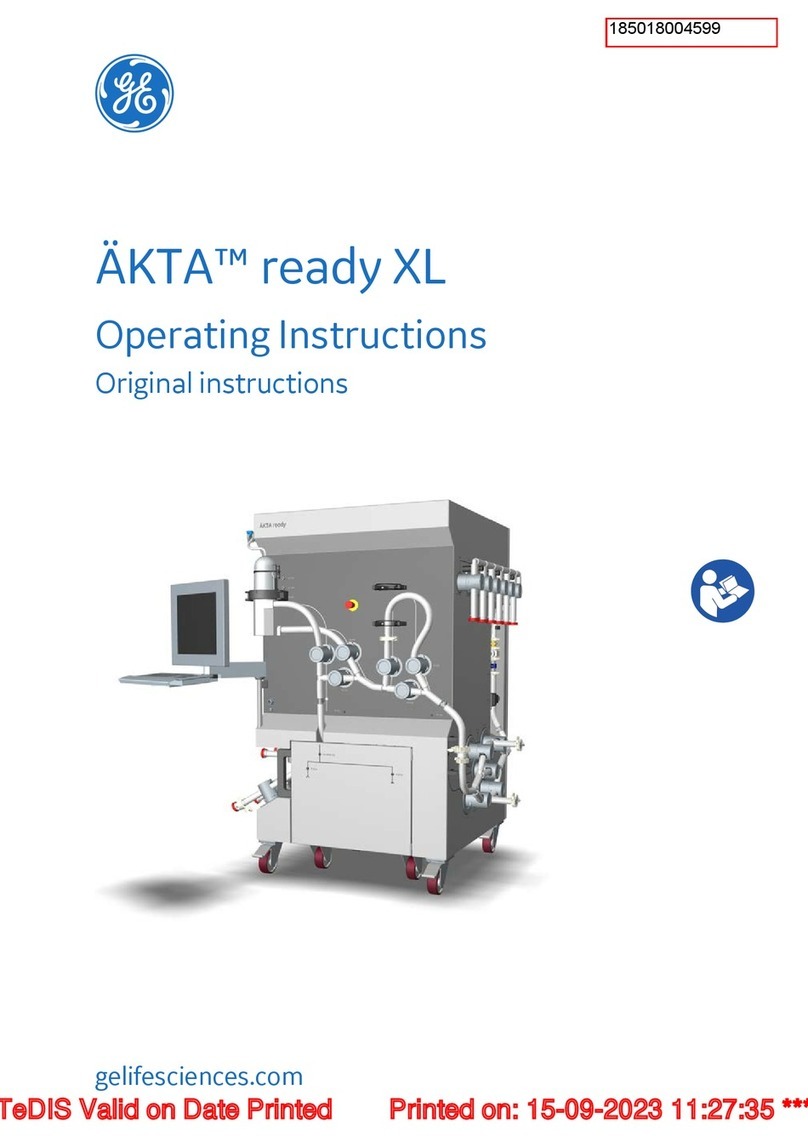
GE
GE AKTA ready XL User manual
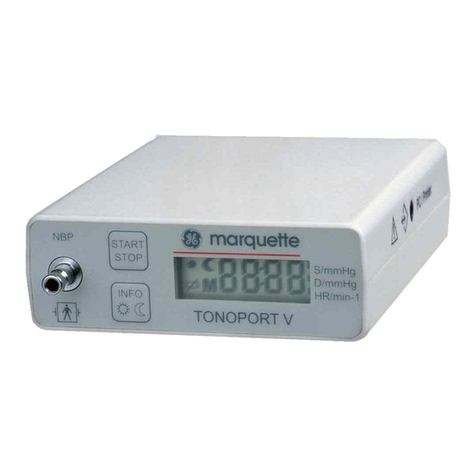
GE
GE TONOPORT V User manual
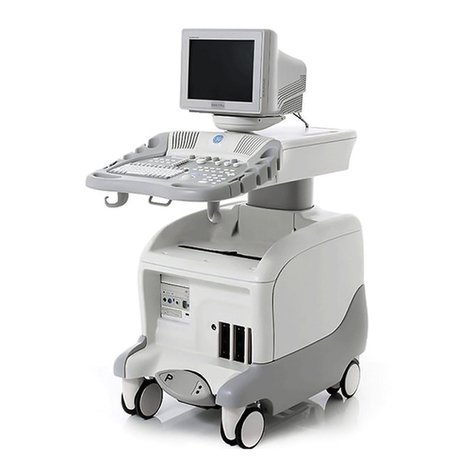
GE
GE Vivid 3 Pro User manual
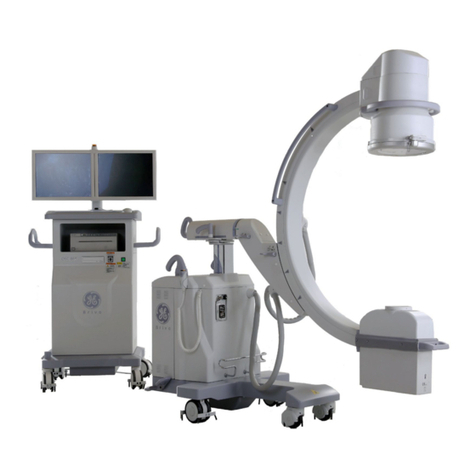
GE
GE Brivo OEC 715 User manual
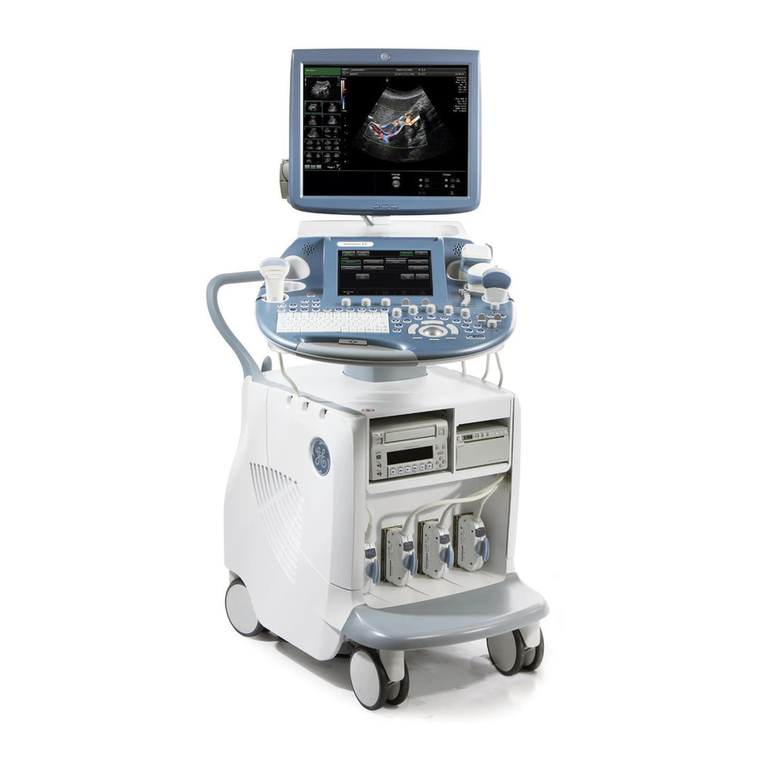
GE
GE Voluson E Series User manual

GE
GE OEC 9800 Operating and maintenance manual

GE
GE Datex-Ohmeda S/5 Product manual

GE
GE TONOPORT V User manual
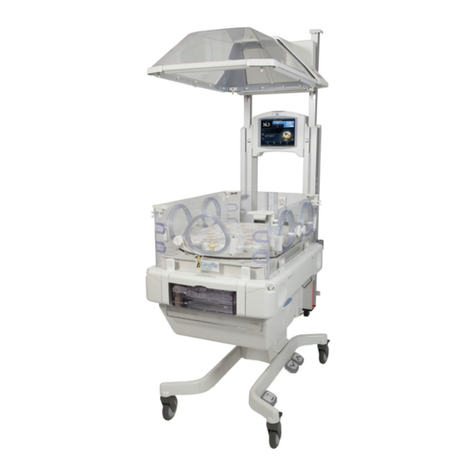
GE
GE Giraffe OmniBed Carestation CS1 User manual
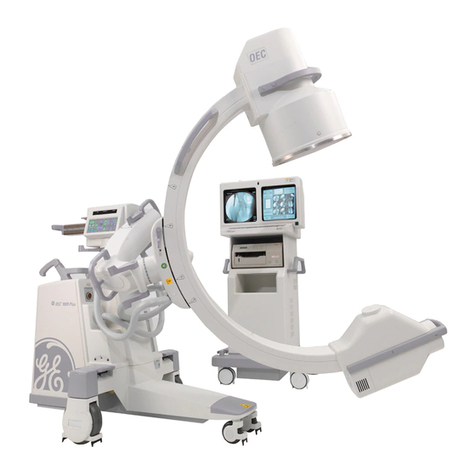
GE
GE OEC 9800 Plus User manual
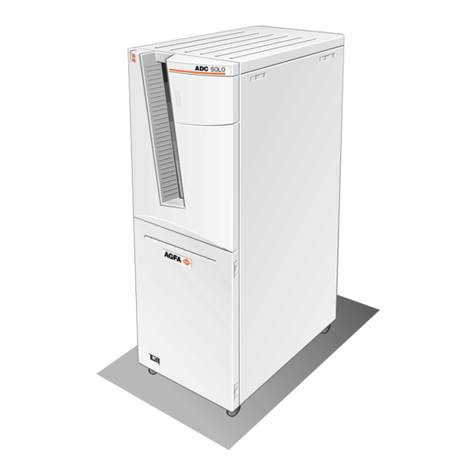
GE
GE PathSpeed CR SP1001 User manual
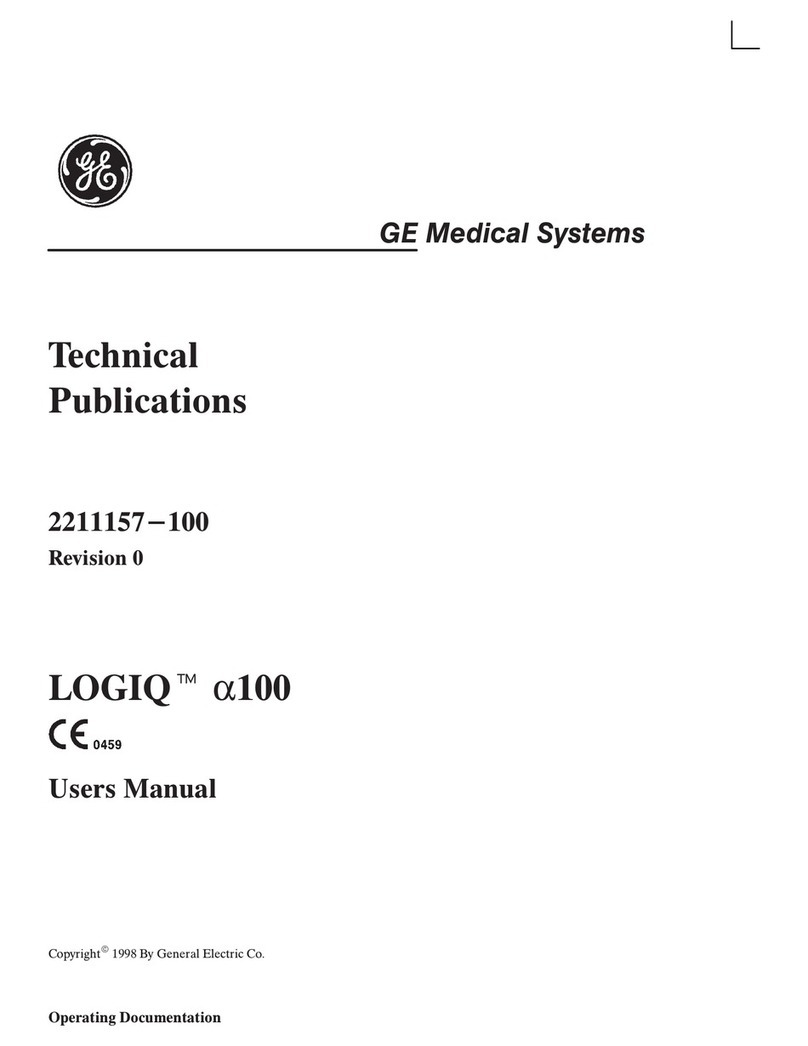
GE
GE LOGIQ A100 User manual
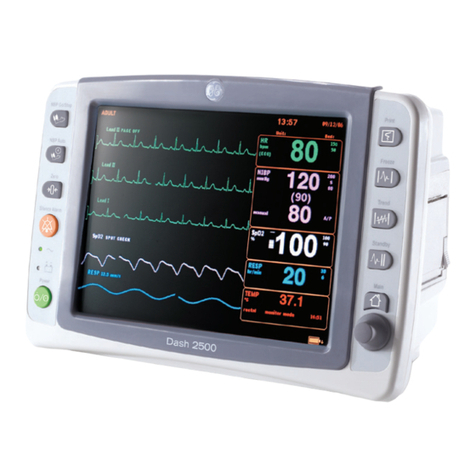
GE
GE Dash 2500 User manual
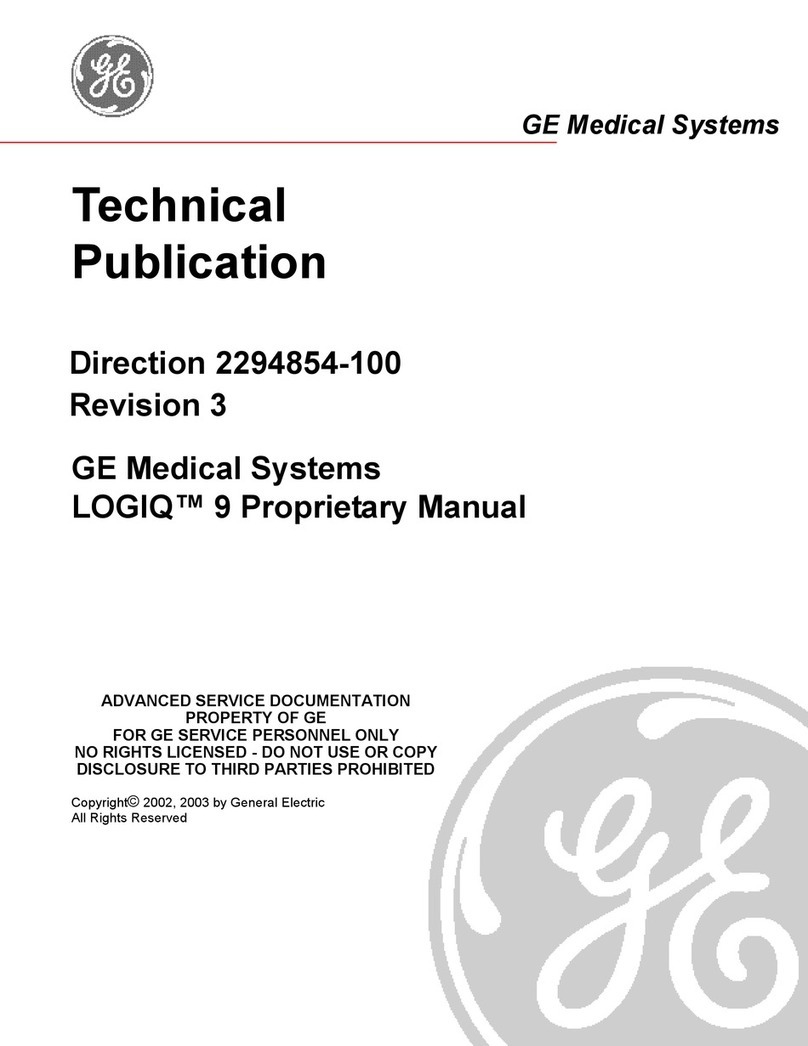
GE
GE LOGIQ 9 User manual
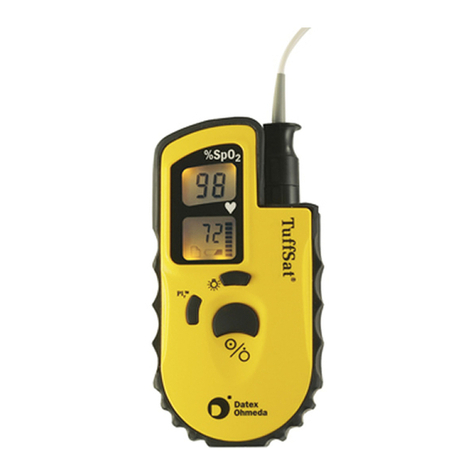
GE
GE TuffSat User manual
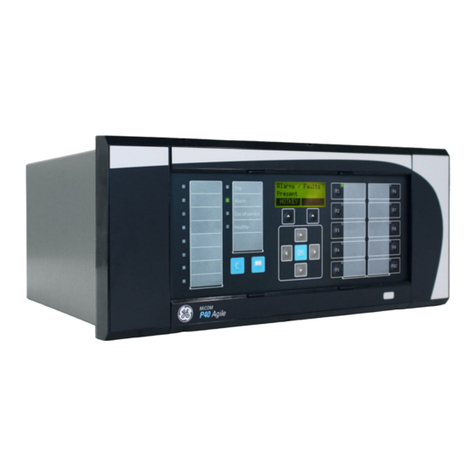
GE
GE MiCOM P40 Agile User manual
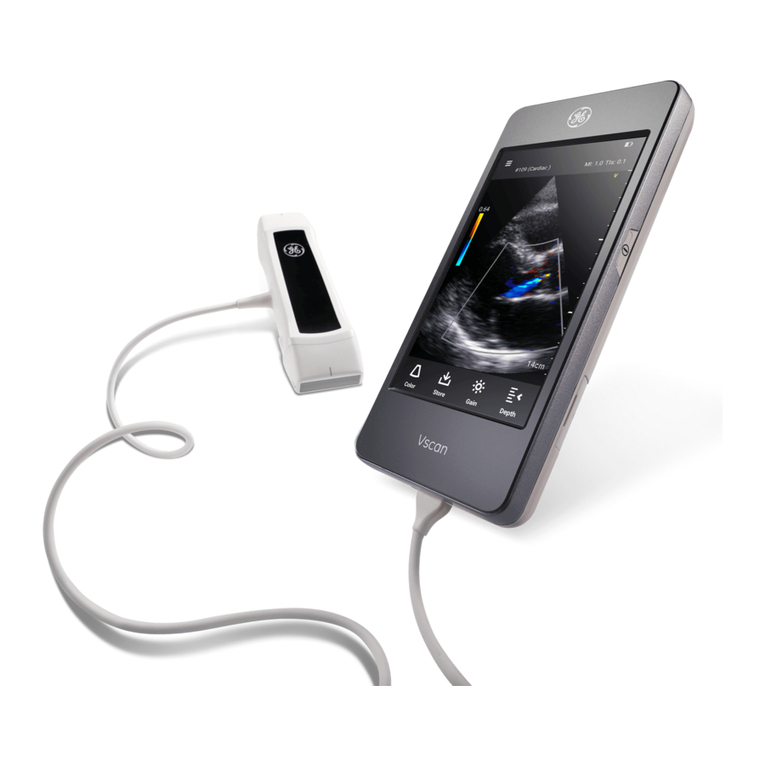
GE
GE Vscan Extend User manual
Popular Medical Equipment manuals by other brands

Getinge
Getinge Arjohuntleigh Nimbus 3 Professional Instructions for use

Mettler Electronics
Mettler Electronics Sonicator 730 Maintenance manual

Pressalit Care
Pressalit Care R1100 Mounting instruction

Denas MS
Denas MS DENAS-T operating manual

bort medical
bort medical ActiveColor quick guide

AccuVein
AccuVein AV400 user manual
